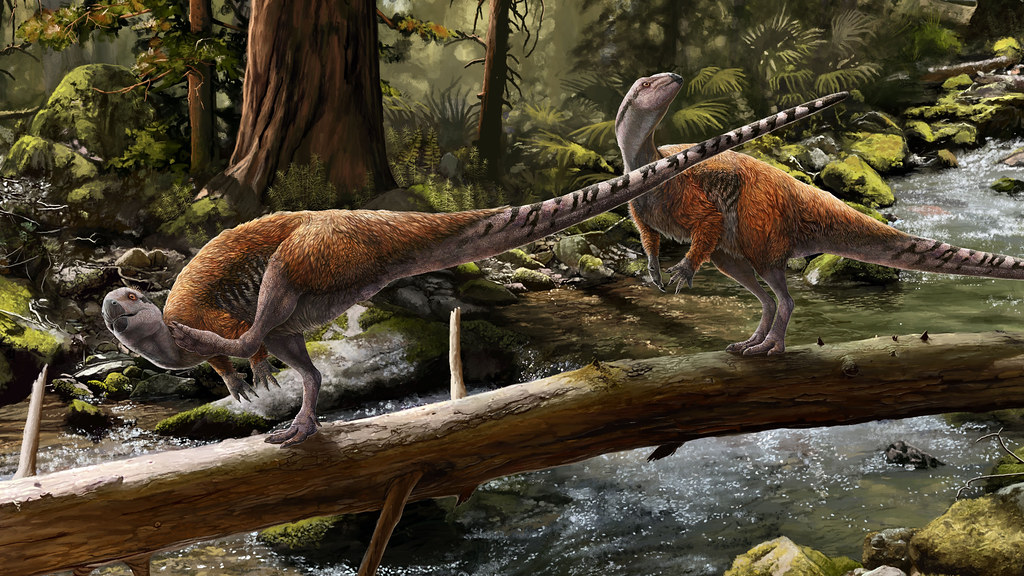“Waste Basket” Dinosaur Family Now Holds New Dinosaurs Unique to Europe
Posted on Categories Discover Magazine

Researchers recently cleaned up a family of dinosaurs that once served as a “waste basket” for loosely related species. The group now represents small herbivores that appear to be unique to Europe, according to a new paper.
The study announces the discovery of Vectidromeus insularis, a specimen found in the fossil beds that line the coast of the Isle of Wight, off the coast of England. These fossils belonged to a juvenile, chicken-size dinosaur with bird-like hind limbs that lived about 125 million years ago.
The paleontologists behind the find aren’t sure about the size of the final dinosaur, which could have grown to a much larger size. Nevertheless, they’ve classified it as part of the Hypsilophodont family, which once contained several different species. Researchers have since cleaned most of those out and moved them to other families, leaving only the founding member, Hypsilophodon foxii.
One of the First Dinosaur Families
Like V. insularis, H. foxii was a small plant-eater found on the Isle of Wight, though it has a much longer history. Famous evolutionary biologist Thomas Henry Huxley first identified the latter in 1869, after a disagreement with paleontologist Richard Owen, who thought it was a juvenile Iguanodon.
Huxley’s specimen, a near-complete skeleton of the diminutive dinosaur, was one of the best yet discovered by the young field of paleontology. That’s why, when researchers cleaned out its taxonomic waste basket and left it alone in its own family, something didn’t sit right.
“We had a curious situation where one of the first dinosaur families to be recognized had just one species. And now, we have two,” said Nicholas Longrich, a paleontologist at the University of Bath, in a statement. “What’s intriguing is that they’re not particularly closely related to anything found in North America, Asia or the southern hemisphere.”
Dinosaurs such as the Hypsilophodonts lived on an ever-changing landscape as the Pangea supercontinent began to drift and separate.
“We’re still piecing together how all these dinosaurs are related, and how dinosaurs moved between continents,” Longrich said. “After Pangaea broke up, there was a lot of isolation, leading to different kinds of dinosaurs evolving on each continent.”
Read More: Why Is the Isle of Wight Rich in Dinosaur Fossils?
A Little Help From Local Collectors
The team responsible for identifying the new Hypsilophodont included the University of Bath, the University of Portsmouth, the Isle of Wight Dinosaur Isle Museum and local fossil collectors.
“Working with the amateur community is really important,” Longrich said. “They know details about the rock, the geology and the bone that nobody else does.”
Local collectors have helped to discover several new dinosaurs on the Isle of Wight in the past four years, according to Dave Martill, a paleontologist who worked on the project. Nature has also served as a willing partner, as the sea erodes the cliffs and reveals new fossils.
Read More: Do We Still Have Any Species Today That Are Descendants of Dinosaurs?